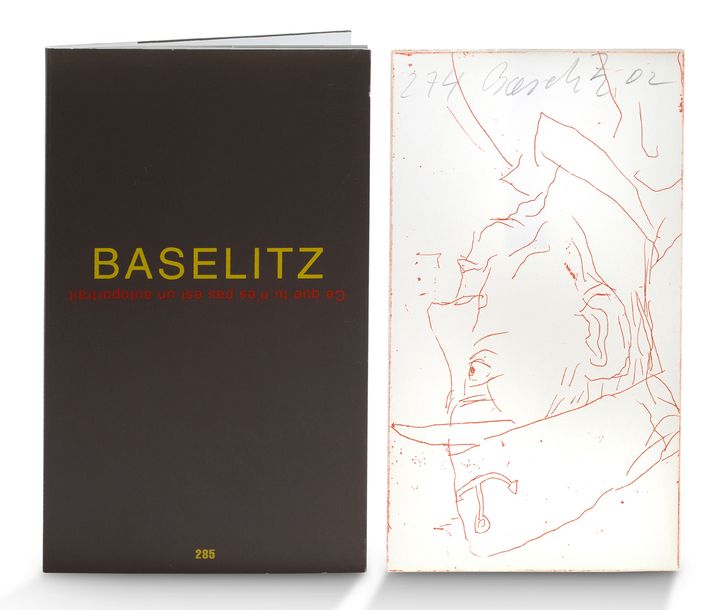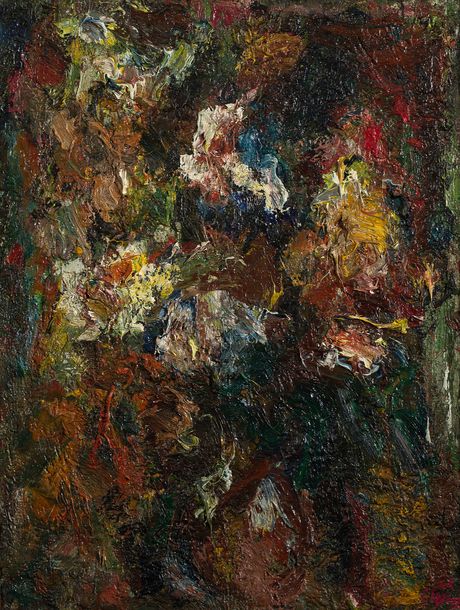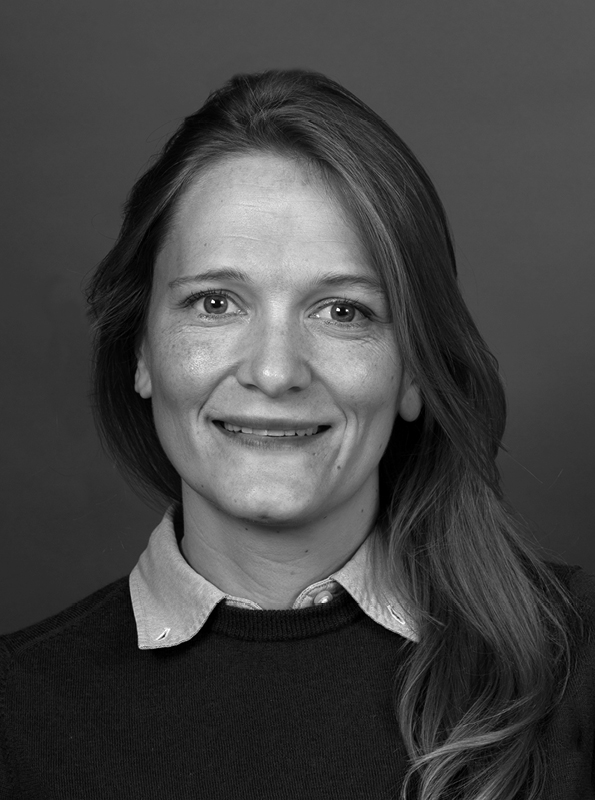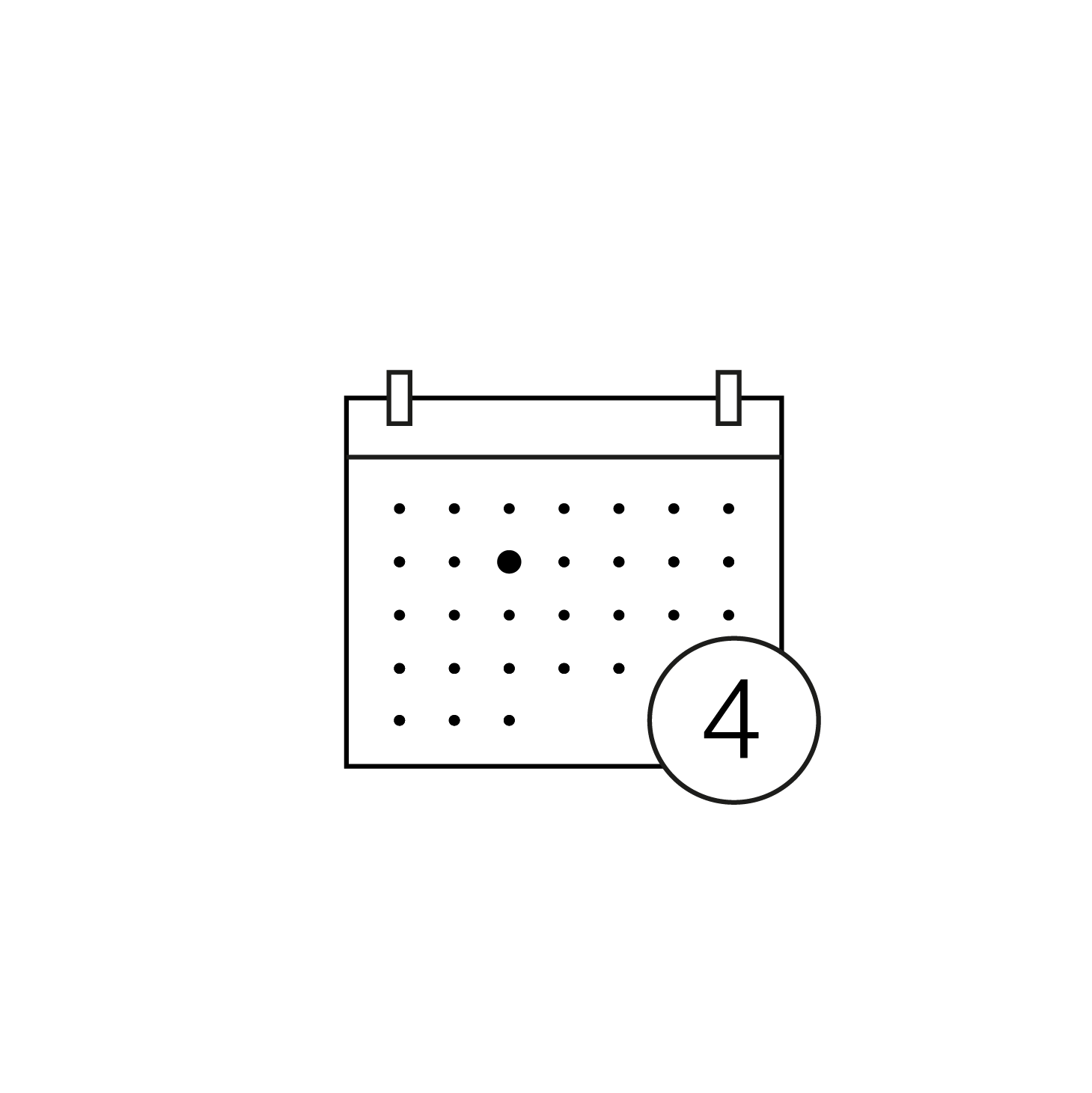Georg Baselitz was born in Saxony in 1938 as Hans-Georg Kern. He grew up in a school environment, with the family living on the school premises where his father taught. As a child, Georg Baseltiz spent a lot of time in the school library, marvelling at the drawing books and developing a passion for art. By the age of 15, he was already painting portraits, religious scenes, still lifes and landscapes. In 1956, he was admitted to the East Berlin School of Fine and Applied Arts, but only stayed there for a few months before being expelled for socio-political misconduct. He then joined the West Berlin School of Fine Arts in Charlottenburg. During this period, he discovered the theories of Wassily Kandinsky and Kasimir Malevitch, the American painting of Pollock and De Kooning, but also the art of Chaïm Soutine and Marcel Duchamp. All these confrontations push him to pursue his artistic development alone, at home. He then left the Fine Arts studio.
Baselitz’s first solo exhibition at the Werner & Katz Gallery in Berlin in 1963 caused an outcry. Two of his works are seized by the courts and are the subject of a lawsuit for breach of public order. Images of war, odd men with shredded clothes, severed hands and feet, and masturbation are at the heart of his work and are deliberately depicted in a coarse manner. In 1965, he was awarded a scholarship that enabled him to move to Florence for six months to perfect his training. During this stay, he created his “animal pieces”. On his return, he concentrates more on large formats. His production is then characterized by a fragmented painting, glued and assembled in disorder.
See more












